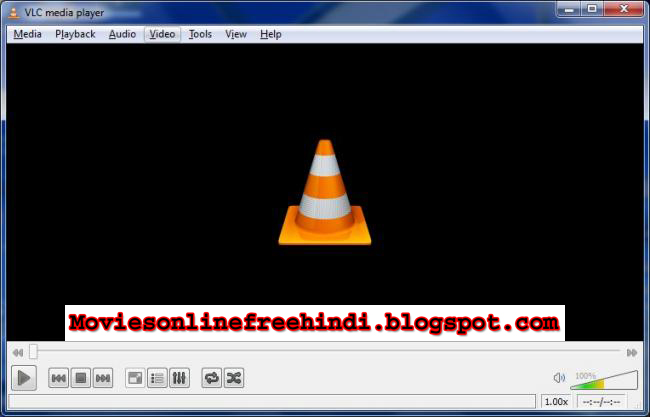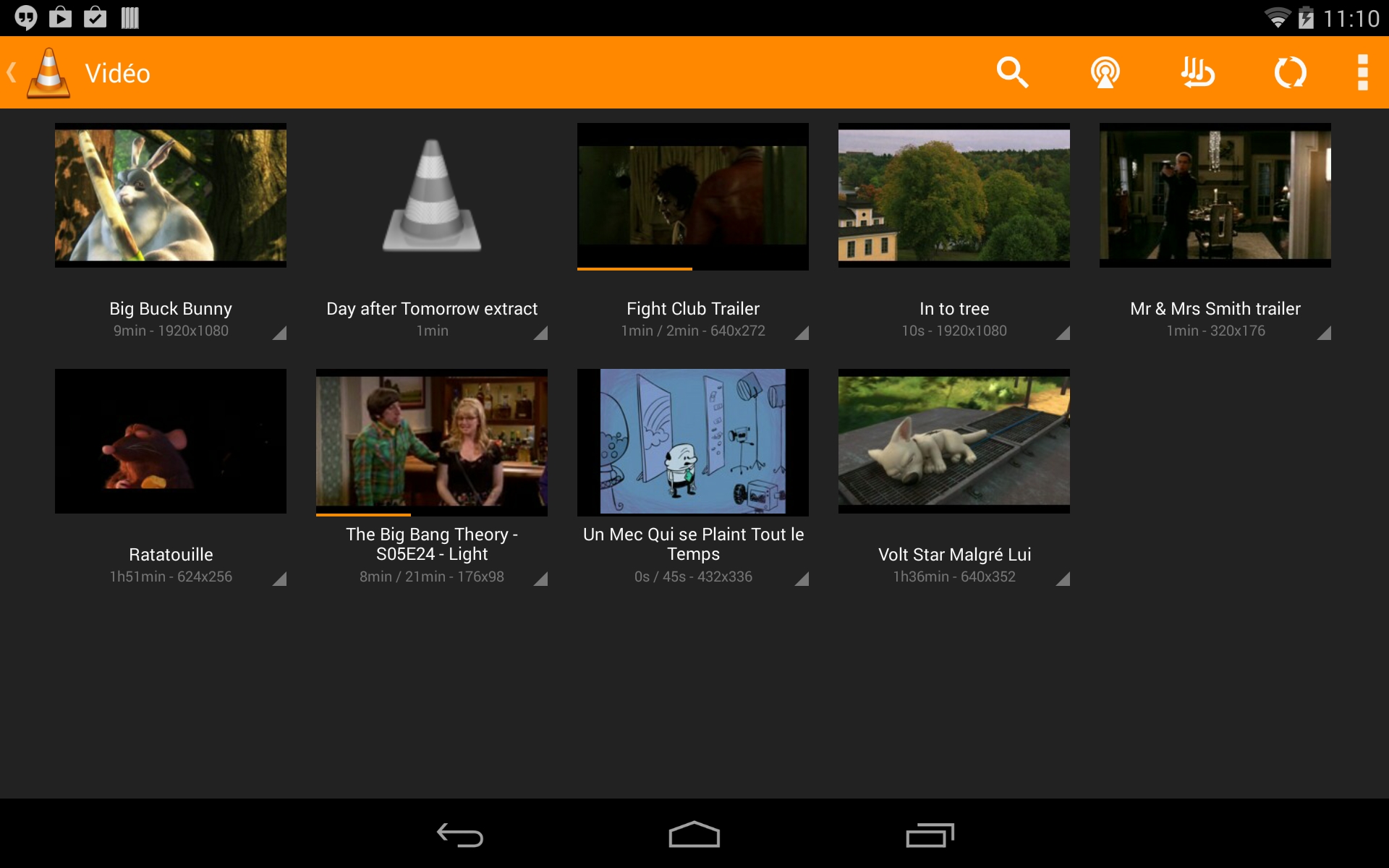


A big reason VLC has achieved its widespread popularity is the sheer amount of control it gives the user. VLC doesn’t just support files but can also access webcams, compact discs, DVDs and even Blu-rays, which many free players don’t support. As with themes, you can create these yourself or download packages created by the community. Similarly, extensions allow you to add features to the player or server or even change default behavior. Skins or themes can be used to change the visual style or even the UI layout, and you can customize them yourself or download skins created by VideoLAN or the community. VLC does offer support for skins and extensions.

This is a streamlined media player and server that does exactly what you expect it to and does it well. VLC is a bit barebones by default, but that’s also kind of the point. Of course, VLC also has access to all of the codecs installed on your system, which means that advanced users can overcome any deficiencies or even override a particular default codec with a preferred option. VLC supports practically all major codecs, and the average user won’t ever have to worry about it. This player doesn’t have a sharp learning curve when it comes to the basics, but its capabilities are robust, and advanced users who take the time to learn the software will be rewarded.Ī big part of what makes VLC so user-friendly is the out-of-the-box codec support. VLC media player, which is developed by VideoLAN, has become a standard among Windows users not just because it’s free but because it’s powerful, customizable and, most importantly, easy to use. VLC media player is a portable media player and streaming media server for Windows that can support nearly any video or audio format.


 0 kommentar(er)
0 kommentar(er)
